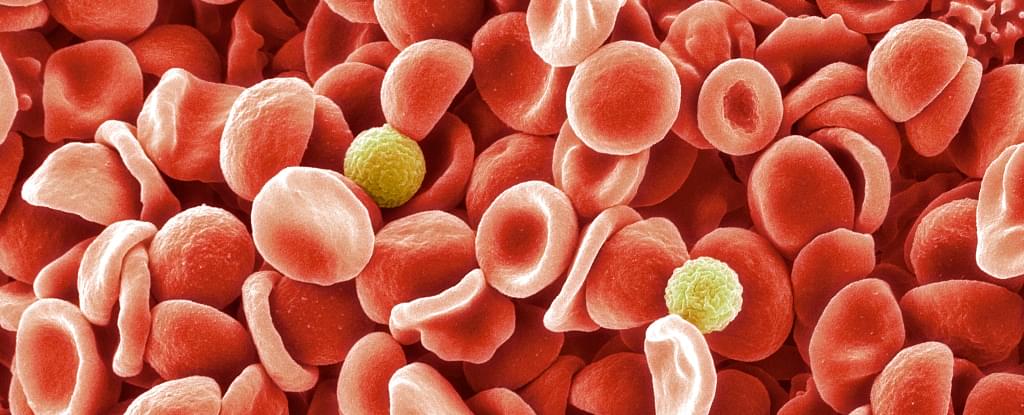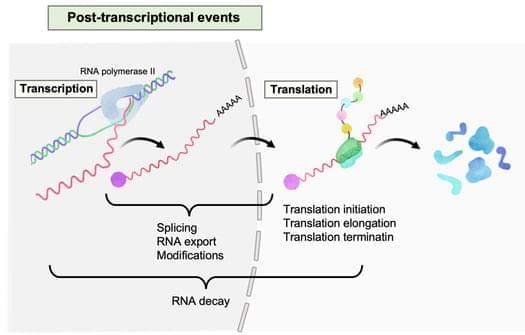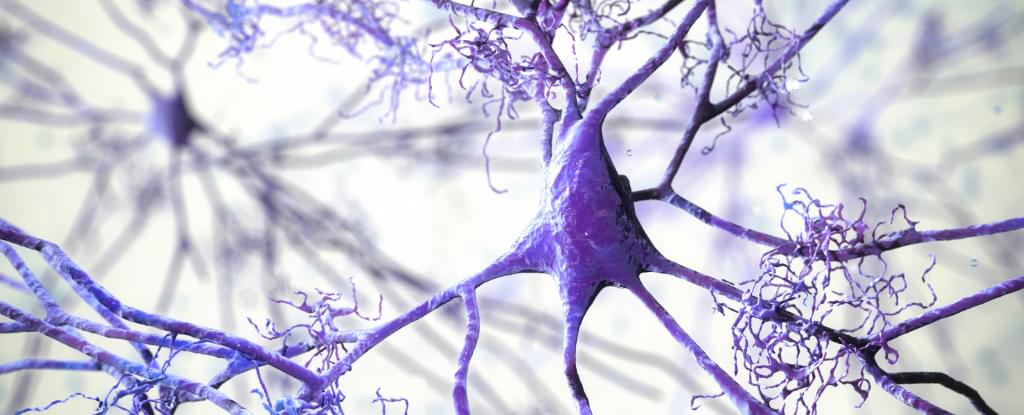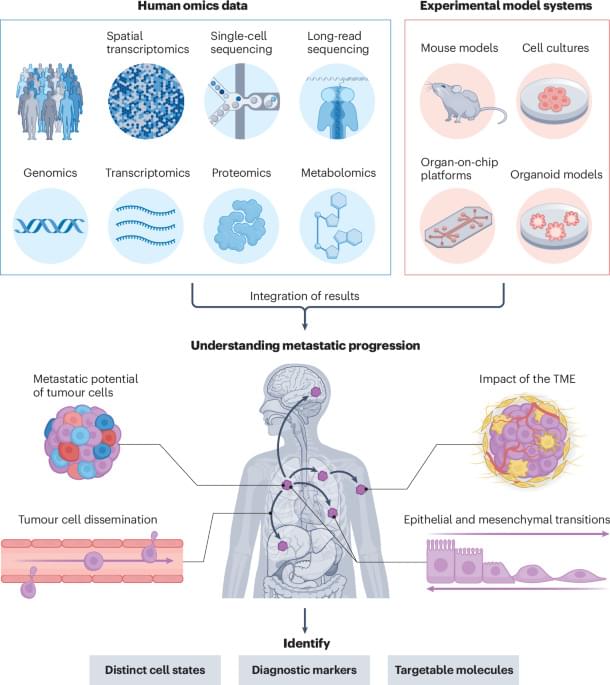Despite groundbreaking innovations, many promising companies in this space struggle.




When a pregnant woman had her blood sampled back in 1972, doctors discovered it was mysteriously missing a surface molecule found on all other known red blood cells at the time.
After 50 years, this strange molecular absence finally led to researchers from the UK and Israel describing a new blood group system in humans. In 2024, the team published their paper on the discovery.
“It represents a huge achievement, and the culmination of a long team effort, to finally establish this new blood group system and be able to offer the best care to rare, but important, patients,” UK National Health Service hematologist Louise Tilley said last September, after nearly 20 years of personally researching this bloody quirk.

Human Immunodeficiency Virus type 1 (HIV-1) latency represents a significant hurdle in finding a cure for HIV-1 infections, despite tireless research efforts. This challenge is partly attributed to the intricate nature of HIV-1 latency, wherein various host and viral factors participate in multiple physiological processes. While substantial progress has been made in discovering therapeutic targets for HIV-1 transcription, targets for the post-transcriptional regulation of HIV-1 infections have received less attention. However, cumulative evidence now suggests the pivotal contribution of post-transcriptional regulation to the viral latency in both in vitro models and infected individuals.
Chinese researchers turned the immune response to organ transplant rejection to cure cancer with a 90% success rate.
“Surgery means extensive recovery time and can significantly impact patient health. Our system doesn’t require surgery because we use a conventional stent, the catheter, as a delivery vehicle,” said W. Hong Yeo, the Harris Saunders Jr. Endowed Professor and an associate professor in the George W. Woodruff School of Mechanical Engineering.
Made from ultra-thin, flexible silicone, these nanosensors can be embedded in almost anything, from pacifiers to catheters. But size was just one element the researchers needed to consider when developing this device; accuracy was just as important.
Hong Yeo holds an in-stent nanomembrane sensor that can detect intracranial pressure.
A car accident, football game, or even a bad fall can lead to a serious or fatal head injury. Annually, traumatic brain injuries (TBI) cause half a million permanent disabilities and 50,000 deaths. Monitoring pressure inside the skull is key to treating TBI and preventing long-lasting complications.
Most of these monitoring devices are large and invasive, requiring surgical emplacement. But Georgia Tech researchers have recently created a sensor smaller than a dime. The miniature size offers huge benefits.


The immune system fights germs on the skin, in the tissues of the body, and in bodily fluids such as blood. It is made up of the innate (general) immune system and the adaptive (specialized) immune system. These two systems work closely together and take on different tasks.
The innate immune system is the body’s first line of defense against intruders. It responds in the same way to all germs and foreign substances, which is why it is sometimes referred to as the “non-specific” immune system. It acts very quickly – for instance, it makes sure that bacteria that have entered the skin through a small wound are detected and destroyed on the spot within a few hours. But the innate immune system can’t always stop germs from spreading.

